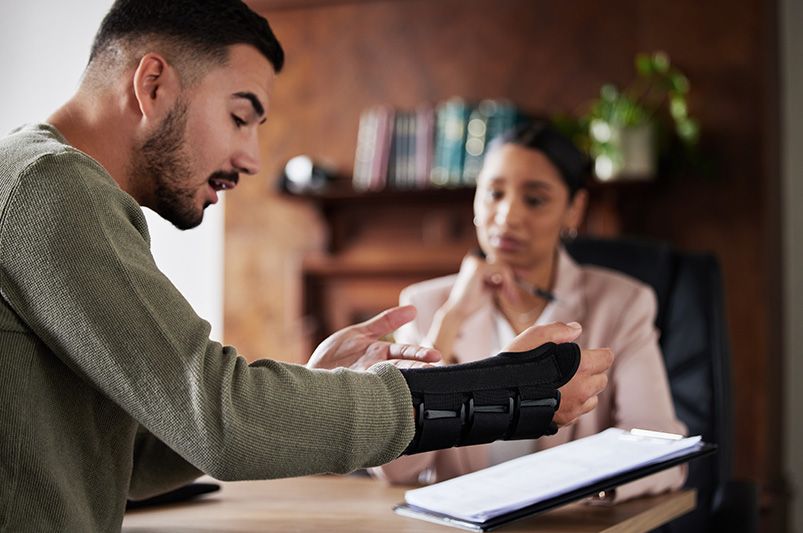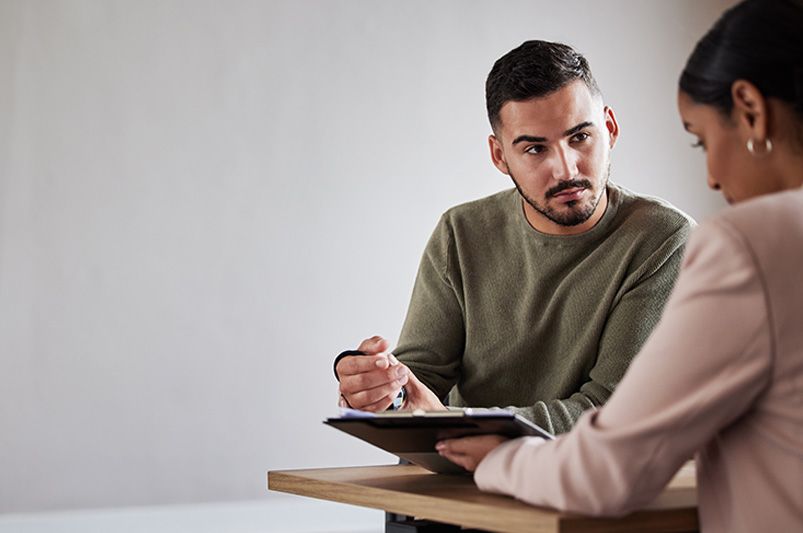Slip and Fall Accidents: Why Documentation Is Everything
Published: 15/09/2025 | Updated: 15/09/2025
Slip and fall accidents happen every day—on wet grocery store floors, cracked sidewalks, or poorly lit staircases. While some falls lead to minor bruises, others cause serious injuries that disrupt your life. If you’re ever in this situation, one fact could determine the outcome of your claim: documentation is everything.
Without proper records, you risk facing an uphill battle to prove what happened and who is responsible. With the right documentation, you can strengthen your case, protect your rights, and ensure your voice is heard. This article will guide you through what to document after a slip and fall accident, why it matters, and how strong evidence can support your legal journey.
Why Documentation Matters in Slip and Fall Cases
A slip and fall claim typically hinges on evidence of negligence. Property owners or businesses may quickly try to fix the hazard after your accident, making proof harder to gather. Documentation serves several purposes:
-
Preserves evidence of the unsafe condition before it’s repaired
-
Protects your credibility by showing consistent records
-
Strengthens legal claims when negotiating with insurance companies
-
Helps your attorney build a timeline and strategy for your case
Without documentation, it becomes your word against theirs. With documentation, you bring facts to the table.
What to Document After a Slip and Fall
1. Take Photos and Videos Immediately
Use your phone to capture the scene from multiple angles. Focus on:
-
The hazard (wet floor, cracked pavement, poor lighting)
-
Surroundings (signs, floor mats, stairs, lighting)
-
Your injuries (visible bruises, cuts, swelling)
-
Any environmental factors (weather conditions if outdoors)
Photos should be time-stamped whenever possible to create a reliable record.
2. File an Incident Report
If the fall happens in a business, notify the manager or property owner and request a written incident report. Ask for a copy. This creates an official record that ties your accident to their property.
Tip: If they refuse, document your attempt by emailing or texting a follow-up to confirm you reported it.
3. Gather Witness Statements
If others saw your accident, ask for their names and contact information. Witnesses can provide independent accounts of what happened and confirm the hazardous condition existed.
4. Document Medical Treatment
Seek medical care as soon as possible—even if your injuries seem minor. Keep:
-
ER or urgent care reports
-
Doctor’s notes and treatment plans
-
Prescription receipts
-
Physical therapy notes
Medical documentation creates a paper trail linking your injury directly to the slip and fall.
5. Track Ongoing Effects
Keep a personal injury journal that includes:
-
Pain levels day-to-day
-
Missed workdays or lost wages
-
Limitations on daily activities (lifting, driving, walking)
This ongoing documentation shows how the accident impacts your quality of life.
Common Mistakes to Avoid in Documentation
-
Waiting too long to gather evidence
-
Relying on memory instead of written or visual proof
-
Failing to get copies of reports or medical records
-
Not consulting an attorney early to guide documentation

How Documentation Strengthens a Case
Imagine two scenarios:
-
Case A: A person claims they slipped on a wet floor but has no photos, no witnesses, and waited a week before seeing a doctor.
-
Case B: Another person takes photos of the puddle, gets witness contacts, files an incident report, and visits urgent care the same day.
Case B is far more likely to result in a successful settlement because the evidence is clear and consistent.
Practical Documentation Tips (Quick List)
-
Always carry your phone and use it immediately after an accident.
-
Ask a friend or bystander to take photos if you can’t.
-
Save copies of all records in both digital and physical formats.
-
Keep a chronological file: incident → medical → ongoing notes.
Conclusion
When it comes to slip and fall accidents, your best ally is not just your memory—it’s your documentation. Photos, incident reports, witness statements, and medical records all provide the hard evidence needed to strengthen your claim.
If you’ve been injured in a slip and fall, don’t wait. Start documenting immediately, and seek professional guidance to make sure your rights are protected.
How JusticeGuys Can Help
At JusticeGuys, we know how overwhelming a slip and fall accident can be. Our attorneys understand the importance of documentation, and we’ll help you turn evidence into a compelling case.
Injured in a slip and fall? Contact JusticeGuys today for a free consultation and let us help you protect your rights.
Free Downloadable PDF: Slip and Fall Documentation Checklist
Stay prepared with our Slip and Fall Documentation Checklist. This printable guide walks you through exactly what to capture—photos, reports, witness details, and medical records—to safeguard your claim.
Download Your Free Checklist Now
FAQs (For Schema Markup)
Q1: What should I document after a slip and fall accident?
A1: Take photos, file an incident report, gather witness information, seek medical care, and keep records of your recovery.
Q2: Why are photos important in slip and fall cases?
A2: Photos preserve evidence of hazards before they are fixed, making it easier to prove negligence.
Q3: Do I need to file an incident report?
A3: Yes. Incident reports create an official record tying the accident to the property. Always request a copy.
Q4: How can medical records help my case?
A4: Medical documentation links your injuries directly to the slip and fall and proves the seriousness of your condition.
Q5: Can documentation affect settlement outcomes?
A5: Absolutely. Thorough documentation often leads to stronger settlements because it reduces doubt and supports your claims.